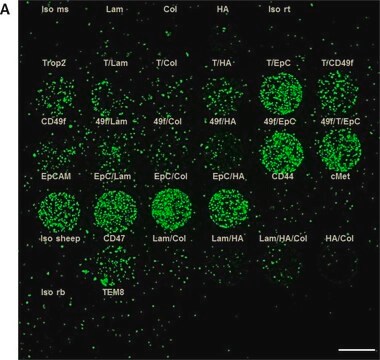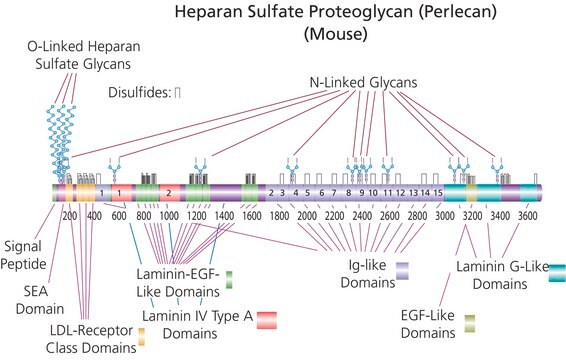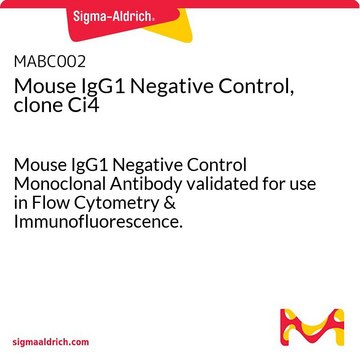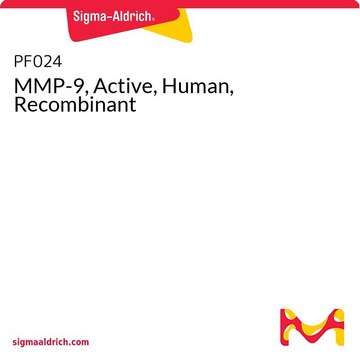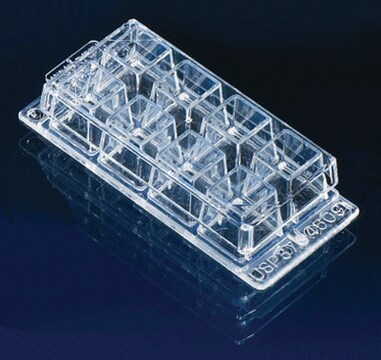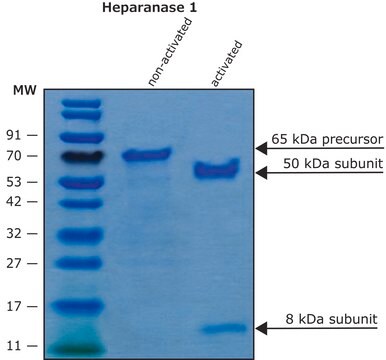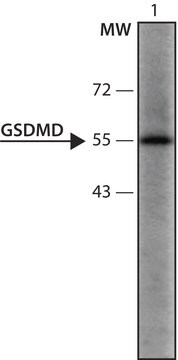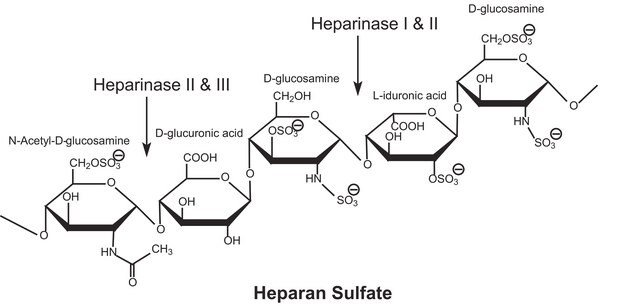MABT333
Anti-CD167a/DDR1 Antibody, clone 5D5
clone 5D5, from mouse
Synonym(s):
Epithelial discoidin domain-containing receptor 1, CD167 antigen-like family member A, CD167a, Cell adhesion kinase, Discoidin receptor tyrosine kinase, Epithelial discoidin domain receptor 1, HGK2, Mammary carcinoma kinase 10, MCK-10, Protein-tyrosine k
About This Item
Recommended Products
biological source
mouse
Quality Level
antibody form
purified antibody
antibody product type
primary antibodies
clone
5D5, monoclonal
species reactivity
human
technique(s)
flow cytometry: suitable
immunocytochemistry: suitable
isotype
IgG1κ
NCBI accession no.
UniProt accession no.
shipped in
ambient
target post-translational modification
unmodified
Gene Information
human ... DDR1(780)
General description
Specificity
Immunogen
Application
ELISA Analysis: A representative lot bound immobilized recombinant human DDR1b extracellular domain (Kd ~2 nM) without affinity toward DDR2 extracellular domain or DDR1b membrane-distal DS domain containing the collagen-binding site (Carafoli, F., et al. (2012). Structure. 20(4):688-697).
Flow Cytometry Analysis: A representative lot detected the exogenously expressed DDR1b wild-type and mutant constructs on the surface of transfected HEK293 cells (Carafoli, F., et al. (2012). Structure. 20(4):688-697).
Neutralizing Analysis: A representative lot inhibited collagen-induced autophosphorylation of DDR1b exogenously expressed on the surface of transfected HEK293 cells (Carafoli, F., et al. (2012). Structure. 20(4):688-697).
Cell Structure
Quality
Flow Cytometry Analysis: 0.1 µg of this antibody detected CD167a/DDR1 on the surface of one million 2% paraformaldehyde-fixed T47D human breast cancer cells.
Target description
Physical form
Storage and Stability
Handling Recommendations: Upon receipt and prior to removing the cap, centrifuge the vial and gently mix the solution. Aliquot into microcentrifuge tubes and store at -20°C. Avoid repeated freeze/thaw cycles, which may damage IgG and affect product performance.
Other Notes
Disclaimer
Not finding the right product?
Try our Product Selector Tool.
Storage Class Code
12 - Non Combustible Liquids
WGK
WGK 2
Flash Point(F)
Not applicable
Flash Point(C)
Not applicable
Certificates of Analysis (COA)
Search for Certificates of Analysis (COA) by entering the products Lot/Batch Number. Lot and Batch Numbers can be found on a product’s label following the words ‘Lot’ or ‘Batch’.
Already Own This Product?
Find documentation for the products that you have recently purchased in the Document Library.
Our team of scientists has experience in all areas of research including Life Science, Material Science, Chemical Synthesis, Chromatography, Analytical and many others.
Contact Technical Service